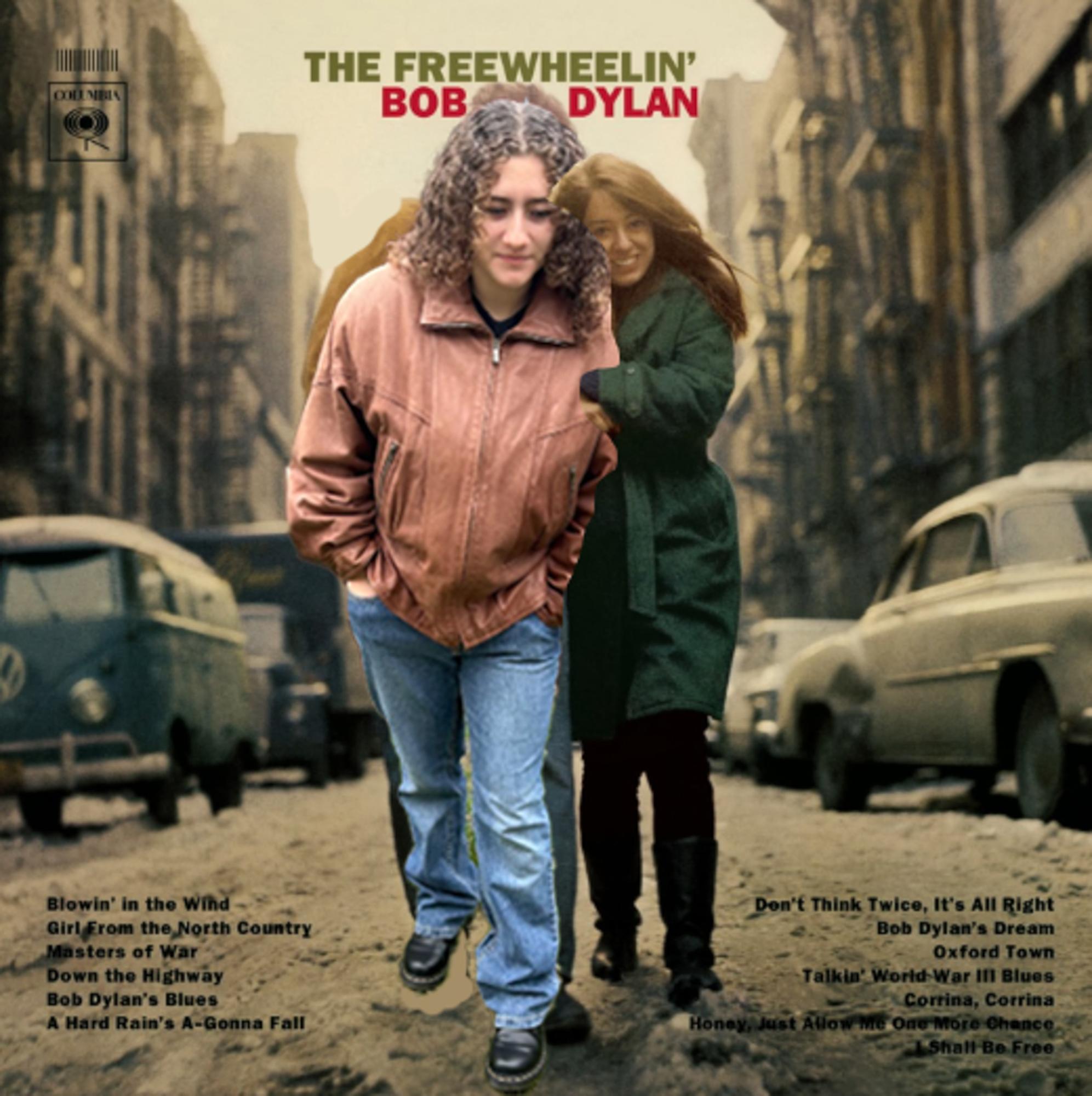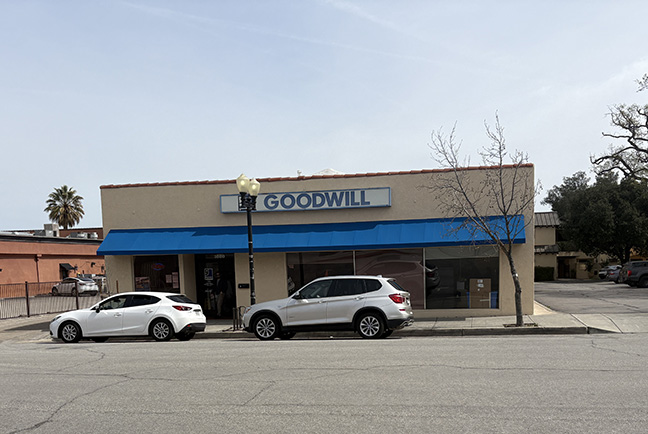Time traveling back to 1961, A Complete Unknown encapsulated me from the moment I saw 19 year old Bob Dylan hitchhiking in the back of a van on the cold streets of New York City, on his journey of becoming a future house-hold name decades later.
Some were there to see Timothee Chalmet on the big screen, while others were there reminiscing on Bob Dylan’s rise to fame. Everyone in the house could enjoy Dylan’s Landmark music threading throughout.
The changes he was going to make in 1965 were unsettling to the audience and other folk musicians, but if Dylan did not take the risks he took, the music fusion of folk and rock would have never seen the stage as soon as it did.
A Complete Unknown was released on Christmas day in 2024, and it’s grossed box office was $59,359,333, according to Box Office Mojo.
Directed by James Mangold and starring Timothee Chalamet (Bob Dylan), Edward Nortan (Pete Seeger), Elle Fanning (Sylvie Russo), they have come together to form a drama biopic about singer-songwriter Bob Dylan, primarily focusing on the years between 1961 through 1965. A Complete Unknown has averaged 3.6 stars out of 5 stars on Letterboxd, an app to record, journal, and track the movies you’ve watched.
Bob Dylan’s Complicated Relationship with Folk Music

The most enjoyable part of the movie for me was the highlight of the folk music and how it was supposed to be thought provoking with the given times but has simultaneously withstood the passage of time. It put forth the idea that the only instruments you need is a guitar and your voice to connect with people; however, Dylan’s ambition for change in the ‘set in stone’ genre introduces electric instruments to the stage.
Throughout the movie, when it came to mentors in Dylan’s early musician life, I noticed that Pete Seeger was set in his ways with folk music while Johnny Cash was okay with the changes Dylan wanted to bring. At the Newport Folk Festival in 1965, Seeger was telling Dylan to not go on stage with the electrics; but then within a matter of seconds, I saw Cash telling him, ‘Do whatever the hell you want, I’d love to hear it.’ Two figures in Dylan’s life that foiled each other and continually contradicted their opinions back-to-back, which I greatly enjoyed witnessing.
What’s not Real?
However, there are some parts in the plot and movie that were added to keep the audience engaged and itching for more.
For example, moments wise, in an article from Variety, ‘A Complete Unknown’ Fact vs. Fiction: Bob Dylan Experts Go Deep on What’s True or Fanciful in the Celebrated Biopic, Elijah Wald, the expert, shares that Dylan and Joan Baez’s initial meeting wasn’t filled with insults on stage after following her from an NYC folk club. In real life, they actually met outside of Gerde’s Folk City in the West Village of Manhattan with no on-record sharp remarks.
Fictional scenes like that help with dramatizing the movie; yet, I appreciate how Mangold still tried to make the plot as accurate as possible.
A New Beginning
After the 1965 Newport Folk festivities, to leave his old life behind, Dylan gifts the harmonica Woody Guthrie gave him in 1961 as a symbol of leaving his old life behind. The movie ends with Dylan riding back on his red Triumph Bonneville T100 as a ‘brand new’ artist, not being tied to anything from the past.
Dylan was entering a new era of his music that would soon bring us an album like “Highway 61 Revisited,” (August 1965).
Through bits of pieces of this movie’s Dylan, we see ourselves in him and have the aptitude to resonate and relate.
Walking out the movies with my leather jacket and my hands in my pockets, I felt like Bob Dylan. If you haven’t watched this movie yet and you want to feel like a troubled rockstar from the 60s, I strongly recommend it.






